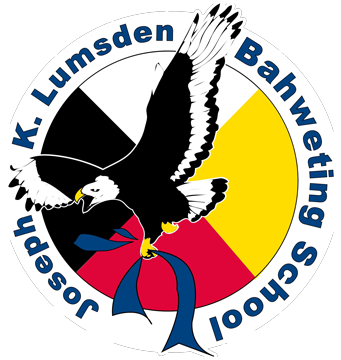Identification Process, Criteria, and Eligibility
K-1: All kindergarten and first-grade students will participate in weekly Thinking Skills lessons. These lessons are for the whole class and focus on developing strategies for building capacity as thinkers. Teachers also use this time to observe students to identify behaviors typically associated with giftedness.
2-5: All 2-5th grade students identified will participate in the GT enrichment pull-out program for a half-day (or time equivalent to) once per week.
6-8: Middle school students will have opportunities to participate in advanced-level core classes and exploratory options suited for advanced level learning. Students identified as gifted will enroll in the Advanced Studies class where they will be engaged in personalized learning projects. This class will meet each day as a regularly scheduled course. GT students may request a furlough for two marking periods if a scheduling conflict arises.
Twice Exceptional Statement: “Twice-exceptional,” also referred to as “2e,” is used to describe gifted children who have the characteristics of gifted students with potential for high achievement and demonstrate one or more disabilities as defined by federal or state eligibility criteria. These disabilities may include specific learning disabilities (SpLD), speech and language disorders, emotional/behavioral disorders, physical disabilities, autism spectrum, or other impairments such as attention deficit hyperactivity disorder (ADHD).
Non-Discrimination Statement:
No participant will be denied participation in program activities based upon their gender, race, national origin, color, age, or any disability. The Director of Curriculum, Instruction, State Federal & School Programs will monitor program activities to ensure that equitable participation in program activities is not limited due to gender, race, national origin, color, disability, or age. JKL Bahweting Anishnabe PSA has a standing committee that oversees an established special appeals procedure for staff, families, and individuals who feel they have been discriminated against because of gender, race, national origin, color, disability, or age. Questions can be addressed to Carolyn Dale, Ph.D. at JKL Bahweting Anishnabe PSA, 1301 Marquette Avenue, Sault Ste. Marie, MI 49783, or by calling 906-635-5055 x107, or email cdale@jklschool.org.
Identification Process
Step 1. Universal Screening: All students at JKL Bahweting School will be universally screened for Gifted and Talented in the following ways:
Child Find activities will be used to collect observational data during kindergarten and first grade.
All students will be screened with the Cognitive Abilities Test (CogAT) and the Torrance Test of Creative Thinking (TTCT) at the end of first, fourth, and seventh grades.
MAP tests will be analyzed after each testing cycle.*
M-STEP results will be analyzed each testing cycle.
Art class will serve as a universal screener for all students.
*If a student scores between the 89th and the 99th percentile on the MAP in two or more academic areas for at least two of the last three testing cycles, the student will be further screened for eligibility via the CogAT or the WISC-V.
Additional screenings may occur based on teacher recommendation, parent nomination with appropriate evidence, self-nomination with appropriate evidence, if the screening has not been already given within that same testing cycle.
Step 2: The teacher, parent, or student submits a formal nomination to the GT program. If the nomination is made outside of the Universal Screening schedule, the student will be formally assessed for giftedness through the use of a nationally normed test.
Step 3: A multi-disciplinary team (MDT) will meet and review the evidence provided from the nomination(s) to determine eligibility for the GT program. If it is determined the student should receive GT services, the team will then design a Specific Education Plan (SEP). The MDT will consist of the GT teacher, an additional teacher, and an administrator.
Step 4: The student will begin services.
Eligibility Criteria
Intellectual Ability
Ors (Student meets any one of these requirements) | Ands (Student meets a combination of at least three of the following criteria) |
|
|
Academic Aptitude
| ||||
Creative Divergent Thinking
|
Leadership
|
Visual/Performing Arts
| ||||||
Assessment Cycle
| Cycle 1 | Cycle 2 |
New Nominations Submitted | November-May | June-October |
GT Assessments Administered | May (all 1st grade + new nominations) | November (4th and 7th grade + new nominations) |
Parent Letters Sent Home | May/June | November |
Eligibility and Student Education Plan Meetings Held | June/August/Beginning of September | November/December |
Newly Identified Students Begin Services | September | January |
